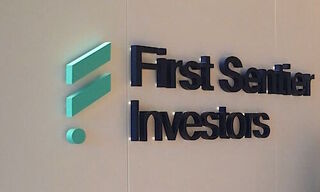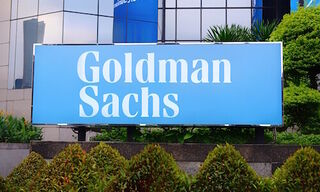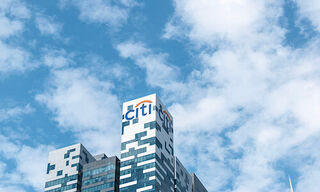China reawakening?
Henderson’s Chief Economist Simon Ward talks monetary trends in China and the impact on other economies.
Monetary trends again provided useful signals for forecasters in 2015: The best monetary leading indicator of the economy is the real or inflation-adjusted narrow money supply, defined as currency in circulation plus demand deposits.
Real narrow money was growing solidly in the Eurozone at end-2014 but was stagnant in China. This signalled that worries about a Eurozone recession were unfounded, while the Chinese economy would slow sharply.
US real money growth was strong at the start of 2015 but fell steadily. This warned that the economy would lose momentum during the second half, casting doubt on expectations that the Fed would hike rates by the autumn.
Policy Impact
The biggest change during 2015 was in China, where policy easing resulted in real narrow money recovering in the spring and surging later in the year. Allowing for a typical nine-month lag between real money and the economy, the suggestion is that Chinese growth will rebound powerfully from early 2016.
Markets are fretting about the pace of Fed policy tightening. US real money growth, however, was weak in late 2015, though was regaining momentum. This may indicate that US economic expansion will remain sluggish during the first half of 2016, allowing the Fed to go slow on rate rises.
Important Support für Emerging Economies
Eurozone real money continued to grow strongly in late 2015. GDP is likely to have risen by about 1.5 per cent in the year to the fourth quarter, representing above-trend expansion – the IMF, for example, estimates trend at 1.0 per cent per annum in 2015-16. Current monetary readings suggest a similar or faster GDP increase during 2016.
A recovery in Chinese growth would provide important support for other emerging economies. Real narrow money, moreover, is rising solidly in most of these economies, although Brazil and Russia are exceptions. Aggregate real money growth in the ‘E7’ large emerging economies moved above the level in the G7 developed countries in late 2015, having been mostly lower since 2011.
Historically, emerging market equities have tended to outperform developed markets when the E7 / G7 real money growth gap has been positive.
What Could Go Wrong?
One risk is that even modest Fed tightening will cause US narrow money to slow further, implying a weak US economy later in 2016. Another is that inflation makes a come-back. Global ‘core’ consumer price inflation (i.e. excluding food and energy) rose to a seven-year high in late 2015. Headline inflation could rebound surprisingly sharply if a Chinese economic recovery lifts commodity prices.
Global real money growth was solid at end-2015 and above output expansion, suggesting that ‘excess’ liquidity is available to support markets. This argues for entering 2016 with an optimistic bias, but investors should keep a wary eye on US monetary trends and be alert for a possible inflation scare.



























